|
Nanotechnology News from Nanowerk
&uuid=(email))
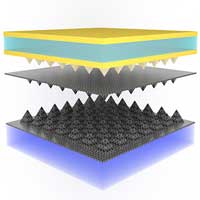 An international research team has developed 'electronic skin' sensors capable of mimicking the dynamic process of human motion. This work could help severely injured people regain the ability to control their movements, as well as contribute to the development of smart robotics. 
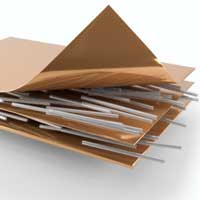 Researchers used new techniques to create a composite that increases the electrical current capacity of copper wires, providing a new material that can be scaled for use in ultra-efficient, power-dense electric vehicle traction motors. 
 Scientists used a droplet of a colloid as a model for single atoms or molecules in a sphere. Unlike single atoms or molecules, which are too small to easily observe, the colloid particles were large enough to visualize using a microscope. This allowed the researchers to track the ordering of single particles in real time during crystallization. 
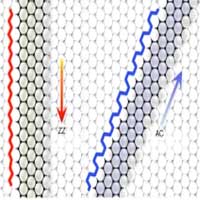 Researchers report the successful control over the chirality of graphene nanoribbons embedded in hexagonal boron nitride nano-trenches, whose direction can be modulated by different catalytic cutting particles. 
 New heat-harnessing 'solar' cells that reflect 99% of the energy they can't convert to electricity could help bring down the price of storing renewable energy as heat, as well as harvesting waste heat from exhaust pipes and chimneys. 
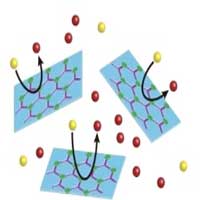 Researchers have used a liquid phase exfoliation process to obtain nanosheets with enhanced electrocatalytical properties. 
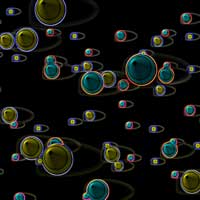 Physicists have established why objects moving through superfluid helium-3 lack a speed limit. 
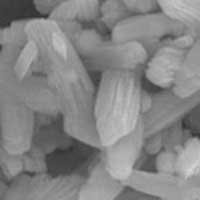 New research revealed that liquid metals can initiate free radical polymerization of vinyl monomer under ultrasonication. 
 An international team of researchers have found a way to refine and reliably produce an unpredictable and hard-to-control material that could impact environmental conservation, energy and consumer electronics. 
 Electrically conductive nanoparticles will be used for the composite material that could be used in advanced transport, aviation, wind turbines and other structures. 
 Magnetic fields allow for wireless, faster, less invasive delivery, study finds. 
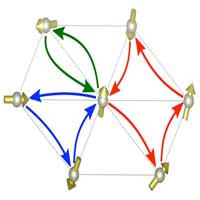 Scientists find a new mechanism for the stabilization of skyrmions. 
Imagine catching a comet. Now imagine the comet is as small as a few billionths of meters and it is made of elements from the periodic table that do not like each other; whose fate is that of separate in space and dissolve in biological environments or just in air. Before this happens, the elements are trapped in what is called a non-equilibrium alloy nanoparticle. Since this nanoalloy changes over time, it is not enough to provide its composition and size at a given time, but one should know also how it will change in the near future, or how it changed in the near past. 
|
|